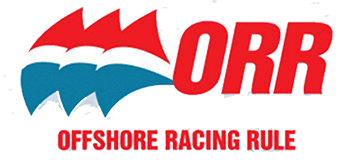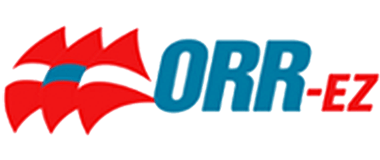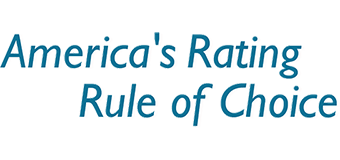The Offshore Racing Rule (ORR) offers rating certificates for three different rules and with custom variations on each. Technical Director Jim Teeters, along with ORR Rulebook Manager Dan Nowlan, explains the benefits of each for race organizers and boat owners.
A rating rule to fairly score boats of different shapes and sizes does not warrant a single technical solution. The approach used should vary to suit the specific needs of race organizers and boat owners in creating races of different styles and competitive levels for mixed fleets of sailboats.
That’s why the Offshore Racing Rule (ORR) has evolved to the point that it now offers three types of rating certificate to race organizing authorities—ORR and ORR-Ez for monohulls and ORR-Mh for multihulls. For several years now, it has also offered modified certificates to suit specific race styles and needs of organizers and owners. Here is a summary of ORR certificates offered as of 2020:
Offshore Racing Rule (ORR) Certificate Types
- ORR Offshore: based on full measurement and carrying full equipment for offshore racing;
- ORR Inshore: based on reduced equipment & inshore sails;
- ORR One-Design: requires one-design compliance & is based on average of ratings for three measured sisterships;
- ORR Doublehanded: assumes two-person crew weight.
- ORR-Ez: based on owner-provided measurements;
- ORR-Ez One-Design: based on one-design class measurements;
- ORR-Ez Doublehanded: based on two-person crew weight;
- ORR-Ez Triplehanded: based on three-person crew weight.
- ORR-Mh: based on full measurement/full equipment for offshore racing
ORR: The VPP Rule that protects the fleet
Offshore Racing Rule certificates are based on our most scientific rule for scoring a sailboat race, utilizing a proprietary velocity prediction program that evaluates the speed potential of a boat in different wind strengths depending on the boat’s size, shape, sail power and weight including crew. The ORR Offshore certificate is unique among offshore rating systems for its technical basis and non-public velocity prediction program (VPP), which minimizes the ability of designers to take advantage of the rule. The same is true for the ORR-Mh certificate, which is used to score multihull fleets in several long-distance offshore races.
Most competitive sailors want to prepare their hull, sails, and equipment carefully and go racing with a fair rating. They don't want to spend their time and money changing boats every couple years and constantly running trial certificates to beat the system. That's why the VPP at the heart of the Offshore Racing Rule remains protected code with limited trials and is updated annually by its owner, the Offshore Racing Association, based on constant observation, analysis, and research.
The ORR Inshore certificate was created some years ago for a unique competitive situation in California. A number of owners would sail long offshore races and then get re-rated with less equipment aboard and modified sail inventories better suited to racing inshore. Sometimes there wasn’t time to order a revised certificate, so we decided to allow owners to hold two certificates, one for each configuration.
The ORR One-Design certificate was developed for a different reason. Recognizing that bigger boats that commonly race level as one-designs are closely matched sisterships, we allowed owners of one-design-class-compliant boats to forgo measurement and accept a certificate that represented the average of the measurements of three other fully measured one-designs in the same class.
The ORR Doublehanded certificate was developed for sailors entering distance races such as the Newport Bermuda Race. Recognizing that these boats carry less crew weight, boats with these certificates are generally faster sailing in light wind or offwind, and slower upwind in a breeze or whenever stability is important.
ORR-Ez: Science-based ratings at a modest price
In some sailing areas, sailors and race organizers prefer somewhat less technical but nonetheless still objective ratings that can work in fleets of mixed designs on varied racecourses. The Offshore Racing Association developed the ORR-Ez certificate, which utilizes owner-supplied measurement data and is primarily based on a regularly updated velocity prediction program; however, in some instances ORR-Ez includes a correction made by the National Rating Review Committee based on analysis of results. The bottom line is that ORR-Ez is kept simple and low-cost enough for organizers and race committees to apply it to low-key Wednesday night races.
ORR-Ez One-Design: At its discretion, ORR-Ez may choose to offer One-Design certificates for designs that meet the rules of a current one-design class. It may also offer such certificates to a group of owners with boats that have a given hull who are willing to agree on the size of sails and other equipment required to compete.
ORR-Ez Doublehanded: In 2019, ORR-Ez began to offer a certificate with a two-person crew weight instead of handicapping the boat as if carrying by default the crew weight of a full crew.
ORR-Ez Triplehanded: In the summer of 2020, when state guidelines were issued allowing racers in the Massachusetts Bay Sailing Association to sail with crews totaling three people, a special certificate was created for MBSA boats based on crew weight of three persons.


